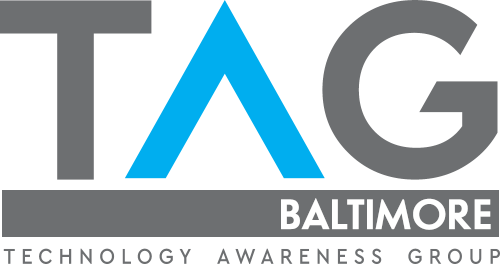One of the newest iPhone and iPad features is the ability to hide apps so they can only be accessed with a passcode or other ID. This can be useful for parents who want to hide certain apps—like a browser or video streaming service—from children who borrow their phone. However, this feature also presents a challenge when it comes to monitoring a child’s smartphone, as they may be using it to hide apps from you. While it’s important to check your child’s device periodically to ensure it’s being used appropriately, there may be parts of the device you’re not able to see.
Another concern, which is not new, is apps that disguise themselves as safe tools, like a calculator or journal, but actually serve as vaults for hiding other apps. These hidden apps could include an unfiltered browser or a movie streaming app. Be wary of new downloads, even ones that look harmless, and take the time to verify that they are what they appear to be.
Lastly, the apps visible on a smartphone’s home screen—or even across multiple screens—are not necessarily all the apps on the phone, even if some are not deliberately hidden. Apps may be organized into folders, or just not pinned to the home screen and only accessible through the full app library list. When monitoring your child’s device, be sure to check the complete list of installed apps to get a clearer picture of what’s actually on the device. If your child is using the iPhone’s hidden apps feature, make sure you have the code to unlock and review those apps as well.

